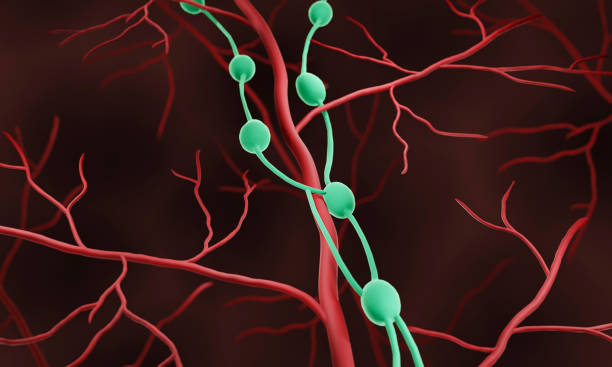Photo: Jörg Carstensen / dpa Picture-Alliance via AFP
A poll surveying 1300 New Zealand workers has found that a majority had congratulated a colleague by using an emoji.
Frog Recruitment’s managing director Shannon Barlow told Morning Report that using emojis is really commonplace in the workplace, with over 75 percent of people regularly using them in day-to-day work.
But some emojis can get people into trouble, with a generational gap in how emojis are interpreted.
A thumbs up emoji can be used to acknowledge a message, or to save some time by not having to write out a response.
But a thumbs up might be interpreted the wrong way, depending on which generation you belong to.
“Particularly by your Gen Z or Millennials, they might be interpreting that (the thumbs up emoji) as a bit of a passive aggressive brush off,” Barlow said.
One Morning Report listener text in to say, “thumbs up could be interpreted as – that’s the end of our chat. Either a nice finale or a I’ve had enough and can’t be bothered to write words anymore.”
While another listener was shocked to find out how emojis could be misinterpreted.
“I’m in my mid 70s and find emojis very useful for quick responses. To hear the thumbs up emoji has some sinister or negative connotation tells me the world’s gone mad!”
Barlow said that it was important to take into account who you were messaging when using emojis.
“Depending on the message you might want to take that extra time and put some words in there.”
While the thumbs up emoji may cause some confusion, there were some emojis that shouldn’t be used in the workplace.
“I guess you can consider the emojis as a kind of digital language in their own right. Like learning any language, you’ve really got to be careful that your message doesn’t get lost in translation.”
Barlow highlighted that “the double meanings of some seemingly innocent fruit and vegetables can get you into a lot of trouble”.
“You need to make sure that it’s appropriate and you’re sure how it’s going to be interpreted so that your message comes across as intended and not the opposite.”
Barlow also suggested that how emojis were interpreted could change over time, so it was important to keep up to date on the meaning of emojis.
“You’ve got to keep up with the times to make sure that your innocent message doesn’t turn into something else.”
While emoji use was common in the workplace, Barlow said they were used more for internal communication than with customers.





















Discussion about this post